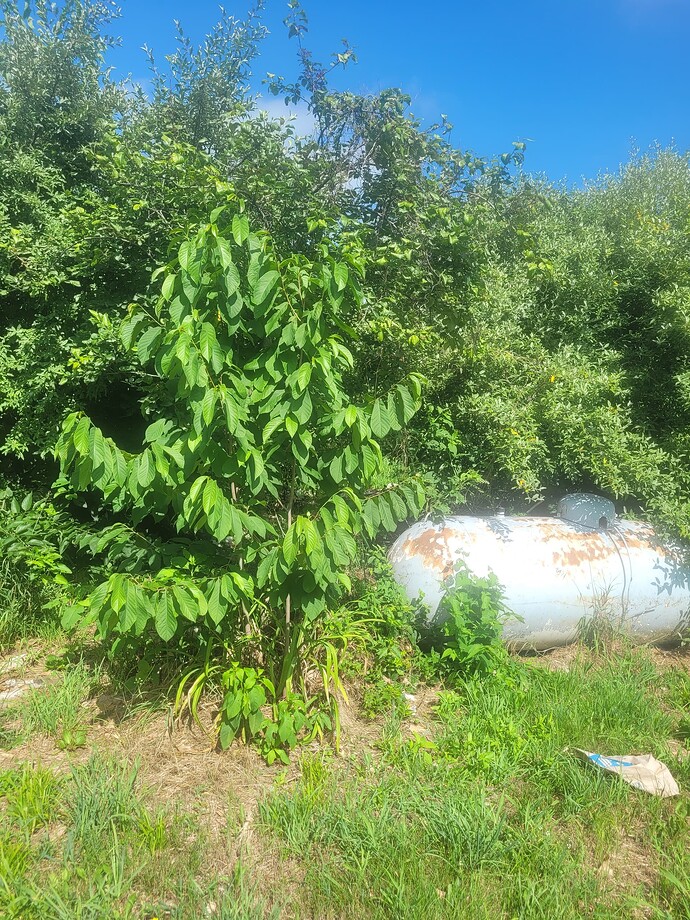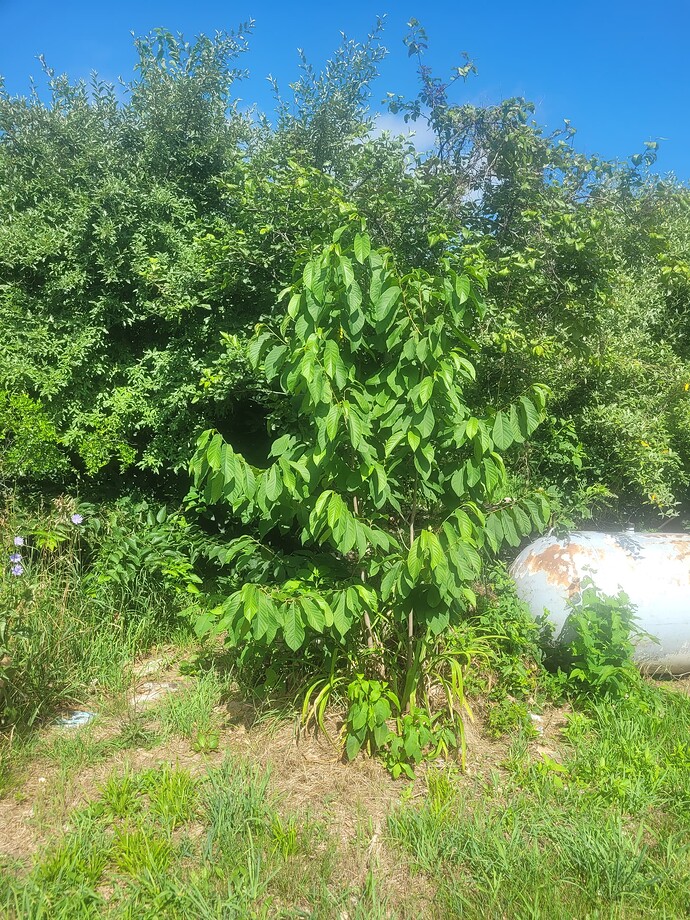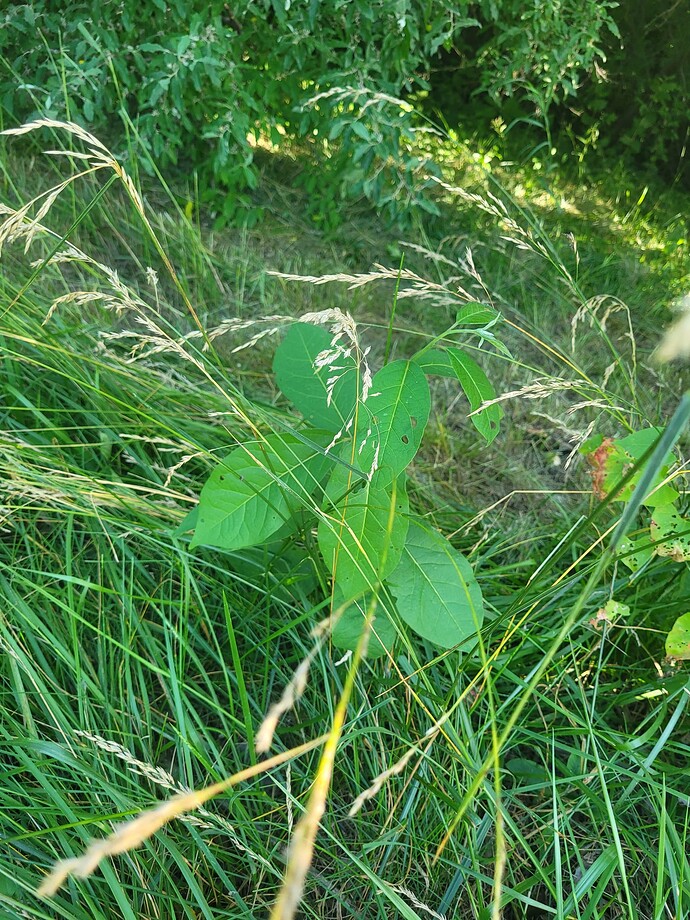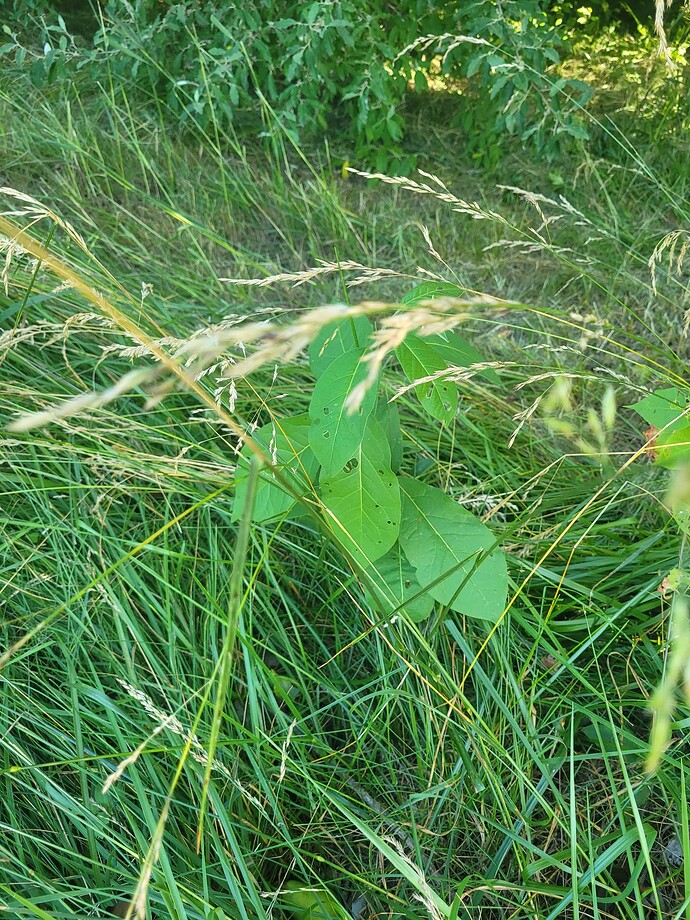BELOW HERE IS SOMETHING I READ.
Does anyone have actual experience with any of the listed companion plants?
If no actual experience I throw this out there for review and comment
Thanx
Mike
Garlic
Garlic used in companion planting repels aphids, caterpillars, mites and Japanese beetles. Planted at the base of peach trees, garlic repels borers and prevents leaf curl. Planted near apple trees, garlic protects against apple scab. Herbs like garlic are considered beneficial nursery plants because they attract good insects by providing shelter, pollen and nectar. Beneficial insects includes lady beetles, lacewings, wasps and parasitic flies.
Comfrey
Comfrey is a beneficial companion plant for the avocado tree and most other fruit trees by serving as a trap crop for slugs. A trap crop pushes insects away from other essential plants with a disagreeable taste or a bad smell. The comfrey plant also accumulates phosphorus, calcium and potassium and helps keep surrounding soil moist and rich.
Chives
Chives help prevent apple scab when grown under apple trees. As a repellent for mites and nematodes, chives–along with garlic–is one of the most popular repellents because of their powerful ability to repel beetles and aphids, according to the Alabama Cooperative Extension System website.
Sponsored Links
Garden Layout Planner
Use Our Online Garden Planning Tool To Find Your Perfect Plan - Start Now!
bhg.com/Garden/Planner
Nasturtiums
When planted under fruit trees, nasturtiums deter squash bugs, white flies, cabbage moths, potato beetles and the striped pumpkin beetle, and act as a trap crop for aphids. When planted in a circle around apple trees, nasturtiums limit wooly aphid damage.
Lavender
Lavender repels fleas, ticks and mice. Planted near and under fruit trees, lavender will deter the coding moth, while attracting beneficial insects such as butterflies.
Tansy
Planted around fruit trees, tansy repels flying insects, Japanese beetles, squash bugs, cucumber beetles, moths and ants. Tansy also concentrates potassium into the soil.
Other Companion Plants
Planted around apple trees, clover has long been used as a companion plant and will attract predators of the woolly aphid. Onions will repel borers, slugs, cutworms and mites. Planting leeks will help improve fruit tree growth. Modern agriculture relies on chemicals and machinery to grow crops and control insects, while home gardeners can reap the benefits of companion planting to attract beneficial insects and avoid the use of insecticides on fruit trees.



